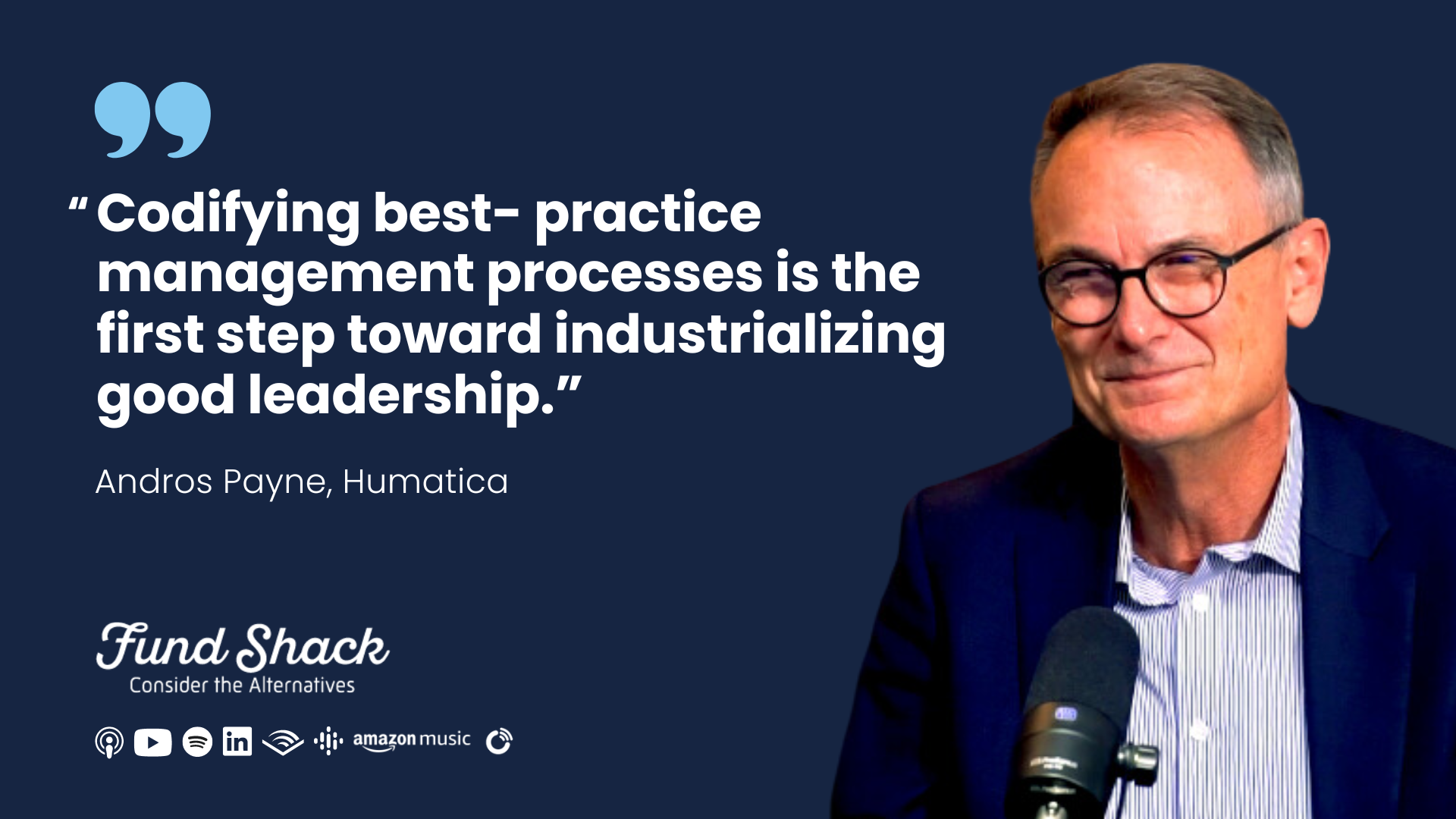
There’s increasing focus on “culture” as an elusive driver of value growth. Creating a “high performance culture” has become the mantra for transforming buy-outs to deliver great returns. But “culture” remains a foggy concept – hard to grasp and difficult to manage.
In order to be actionable, buy-out leaders need to understand THE specific behaviors, within all those that could define culture, that directly drive an organization’s ability to execute the value creation plan – those that define how decisions are made and implemented at all levels. For example, are multiple options considered before a decision? Do meetings have agendas? Or, are action items followed-up on? These are specific behaviors which characterize culture, but more importantly drive the collective ability to execute.
To optimize behaviors and increase organizational performance, you are only as good as your weakest link. But there are many potential weak links. And, evaluating the quality of behaviors can be notoriously subjective. On top of this, managers have an asymmetric information advantage and may try to conceal problems in their teams, especially in the middle management. The biggest challenge is therefore pin-pointing specific dysfunctional behaviors with bullet-proof hard-facts.
Finding the dysfunctional behaviors enables root cause analysis and targeted remedies. Behaviors are shaped by diverse factors including the leader’s behavior, organizational structure, management processes, values, clarity of purpose, employee personality and even the systems which enable or hinder efficient interactions in an organization. Improvement measures are usually clear when a dysfunctional behavior and its root-cause are identified.
The great news is that behaviors can be changed with simple measures and minimal investment once identified. In particular, when leaders are made aware of the effect of their behavior on the team, they can dramatically improve performance by slightly modifying their own way of working – for example, asking a participant to document meeting minutes and note action items is simple to implement if it is not already part of the culture, and has a big impact on accountability.
It’s really quite simple. However, transparency on the specific behaviors that drive the collective ability to make and execute decisions at all levels in the organization is an essential starting point. Humatica codified the 80 critical behaviors which enable buy-out organization success over 20 years. Benchmarking the quality of interactions at all levels enables selective and pragmatic culture change that delivers alpha.

The fund landscape is changing faster than ever before, creating winners and losers in an increasingly competitive private equity ecosystem. Higher real interest rates are…
Read more
In the third episode of our Beyond Culture Series, we talk about industrializing best practice management processes. Link to Video 1:07 Register here to join our live…
Read more
The second installment of our interactive webcasts looks at organizational transformation. Join us for a lively discussion on this topic of vital interest for private equity.…
Read moreReceive our news and valuable perspectives on organizational effectiveness each month.